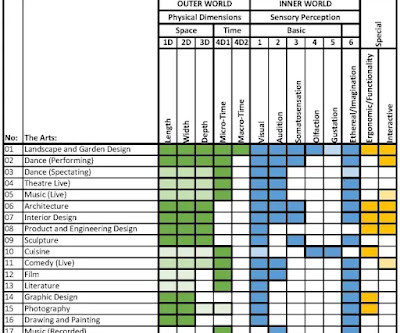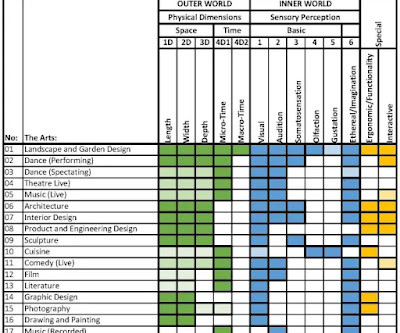Current GSE Guarantee Fees Are Too Low to Be Consistent with Regulatory Capital: Does This Mean a Large Increase Is Coming?
The Stoop (NYU Furman Center)
MARCH 10, 2023
In the years immediately following conservatorship (which began in September 2008), the FHFA increasingly took over setting the average G-fee. Through 2013, the fee moved up strongly as part of the FHFA’s push to raise the cost of GSE mortgages in an attempt to “crowd in” more private market capital into mortgage lending.











Let's personalize your content